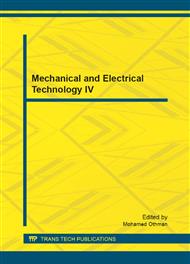p.975
p.979
p.983
p.987
p.991
p.995
p.999
p.1004
p.1009
Ion-Electron Interaction Contribution to the Helmholtz Free Energy for Fully Ionized Hydrogen Plasma
Abstract:
The Padé approximation is a very important description of thermodynamic properties of fully ionized hydrogen at high pressures and temperatures. By comparing of several reported Padé approximants via calculation of the ion-electron interaction contribution to the Helmholtz free energy of the fully ionized hydrogen plasma, we find that Padé approximant proposed by Stolzman gives an unphysical odd local minimal appears at low temperature( ), and gradually fade away with the increase of temperature, implying a prominent limit of low temperature. While Chabrier et al. developed a more reasonable Padé approximant for the contribution of ion-electron interaction on the Helmholtz free energy. Analyses on isotherm curves indicate that the thermodynamic properties of the ion-electron interaction contribution to the Helmholtz free energy described by the revised Padé approximant is very stable at all temperatures and pressures without any unphysical effects at low temperatures.
Info:
Periodical:
Pages:
991-994
Citation:
Online since:
November 2012
Authors:
Price:
Сopyright:
© 2012 Trans Tech Publications Ltd. All Rights Reserved
Share:
Citation:


